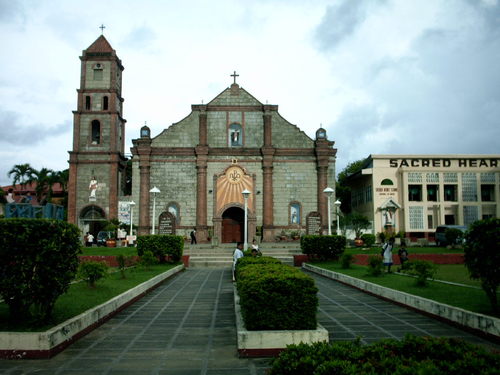
A bell which has hung at a chapel at the US Military Academy in West Point, New York, since being taken from the Philippines has tolled for the last time before being returned.
After Mass and a ceremony at Holy Trinity Catholic Chapel, the Philippine consulate general prepared for the bell to be returned to Saint Peter and Paul Church in Bauang, La Union.
The bell was removed from the church in 1901, during the Philippine-American War, which lasted from 1899 to 1902.
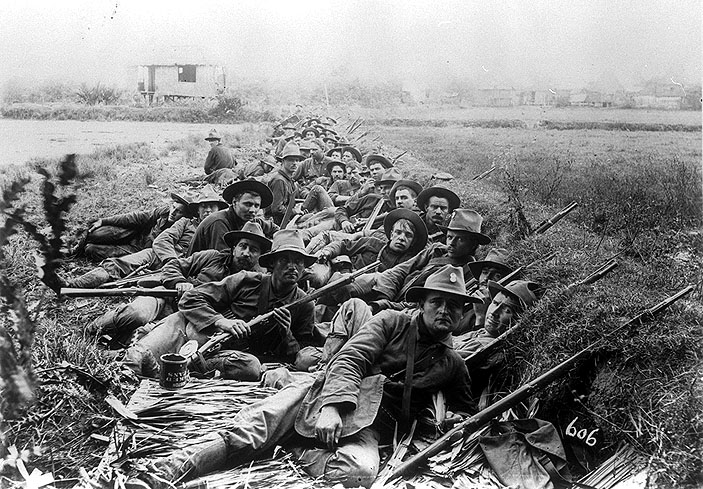
During the conflict, bells were routinely taken as souvenirs – but some say it was to prevent locals from melting them down and casting weapons.
This particular bell ended up in the hands of Lt. Col. Thomas Barry, who fought in the Philippines from 1900 to 1901.
A graduate of West Point in 1877, Barry eventually became West Point’s 17th superintendent. He gave the bell to his Alma mater in 1915. The bell was put into storage and forgotten about for 44 years until being rediscovering in 1959.
The bell was then hung outside the chapel, with a placard that read “Symbol of Peace that even the Ravages of War Could not Destroy.”
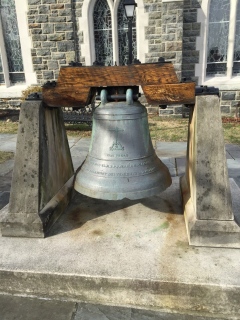
In a long quest to return a number of purloined bells back to their homeland, two US Navy veterans have spent the past few years attempting to trace their original owners.
Dan McKinnon, from the state of Virginia, and Dennis Wright, president of a company developing a portion of the former Clark Air Base, now known as Clark Freeport, met while they were serving in the Navy.
These two men began working to ensure that the Clark Veterans Cemetery would be maintained by the US government. This came at an important time as the cemetery had fallen into a shocking state of disrepair.
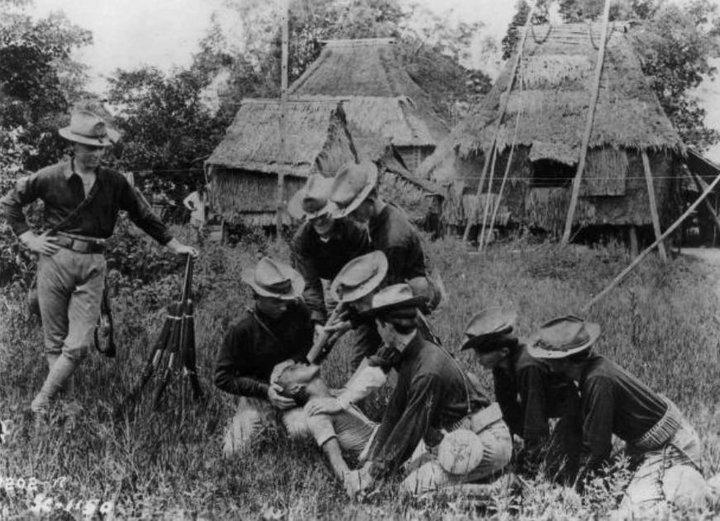
Both McKinnon and Wright made the Clark Veterans Cemetery project a success, not only beautifying a decaying cemetery, but giving respect where respect is deserved.
Both men set their sights on an effort to repatriate the famed bells of Balangiga, another three bells taken by the US Army.
A surprise attack at Balangiga took the lives of over 40 American soldiers in 1901. The details of the action are still debated but one thing is sure, the bells were taken and today two of the three rest in Cheyenne, Wyoming, at the FE Warren Air Force Base. The third is sitting at Camp Red Cloud in South Korea.
While researching the three bells of Balangiga after visiting the two at Wyoming, McKinnon learned that another bell from the Philippines existed – the one hanging at West Point.
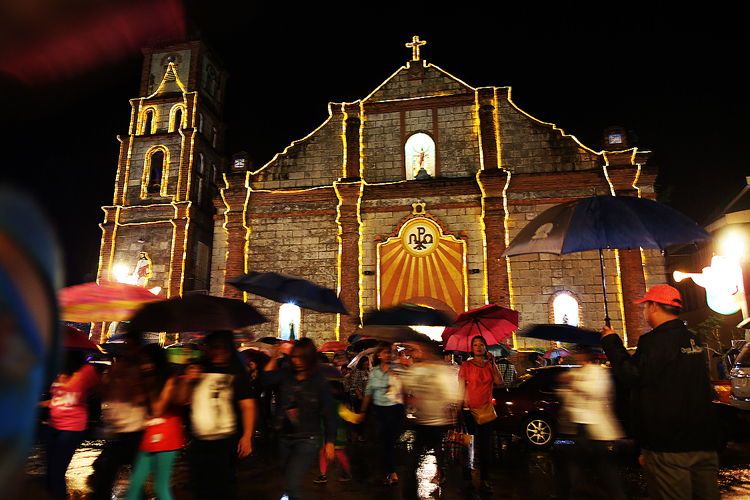
“I started talking to West Point last year,” said McKinnon.
An inscription on the bells suggest it was from a church in Bauang, La Union, Philippines.
Wright set out to enlist two professors from the University of Santos Tomas in Manila to research the subject, ultimately discovering that church records show that the bell at West Point was in fact theirs.
McKinnon said “Maybe that bell should go home.”
The pastor at Saints Peter and Paul Church sent a letter to Lt. Gen. Robert L. Caslen, West Point’s current superintendent, asking for the return of the bell.
The bell was first presented to the church sometime between 1877 and 1887 according to records.
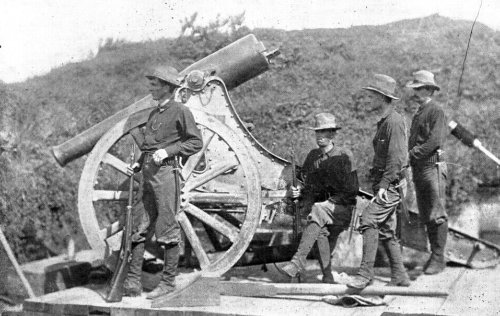
After several months waiting, the pastor received a return letter from Caslen, who went on to conclude, “While we have been honoured to guard and display this bell for the past several decades, we would be glad to return the bell to its rightful home.”
McKinnon added: “It’s a no-brainer – Now it’s going home, it was just that simple.”
